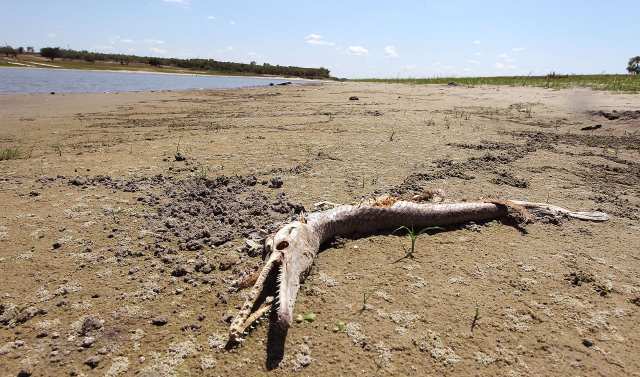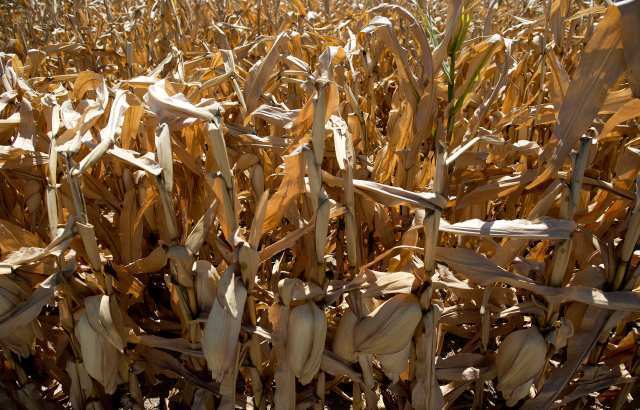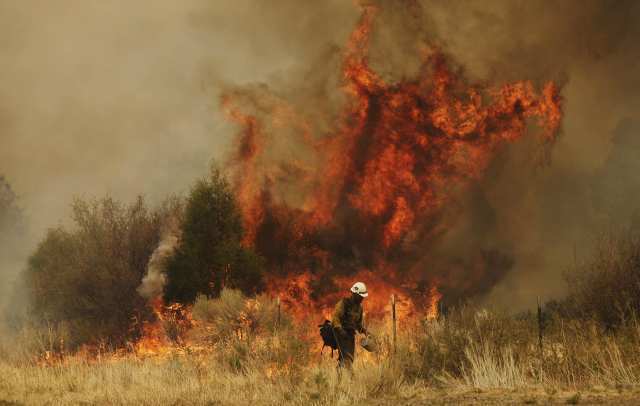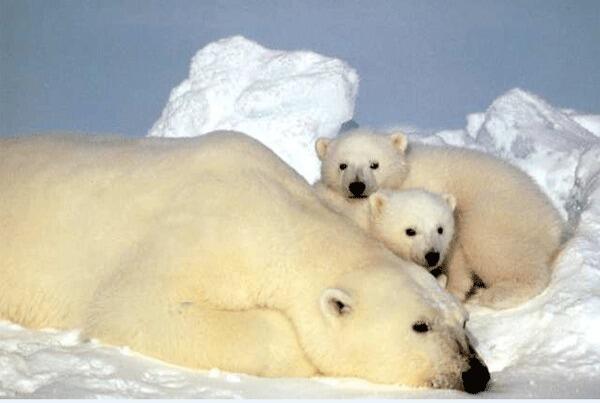Seven states, seven warning signs of global warming

ŌĆ£I think the cap-and-trade bill is just another job-killing proposal that will kill 313,000 jobs in my state alone in Texas. The last thing we need is an additional burden on consumers and on businesses in the agricultural sector that this bill would impose, and thatŌĆÖs really the problem.ŌĆØ
--Sen. John Cornyn (R-Texas)
Earlier this summer, the National Atmospheric and Oceanic Administration estimated that the record-setting 2011 heat wave and drought in Texas and nearby states caused losses to crops, livestock and timber of about $10 billion. Using computer models, scientists also estimated the likelihood of similar heat waves as a result of global warming. Although climatologists frequently blame national shifts in rainfall on the El Nino/La Nina cycle, researchers found that in years with a La Nina, Texas will be about 20 times more likely to suffer a severe heat wave than in the 1960s. Rainfall totals greatly improved in 2012, but reservoirs remain low.
(Todd Yates / Associated Press) As the signs that the world is warming grow ever more unmistakable, one of the ironies of the American political debate on the topic is that leaders in the states being most heavily affected are often those least inclined to do anything about it, or even acknowledge that thereŌĆÖs a problem.
More: The curious blindness of climate deniers --Dan Turner

ŌĆ£WeŌĆÖve had decades and decades, and maybe even centuries, of periods of time when thereŌĆÖs been a tremendous rise in temperature and then a tremendous fall in temperature. And all youŌĆÖve got to do is look at the Little Ice Age of the mid-last millennia as an example. And so weŌĆÖve got to single out whatŌĆÖs natural and whatŌĆÖs man made before you can make policy.ŌĆØ
--Sen. Charles Grassley (R-Iowa)
Two-thirds of Iowa, the nationŌĆÖs largest corn producer, is suffering extreme or exceptional drought, part of a crisis across the Midwest farm belt that, according to the U.S. Department of Agriculture, has reduced corn yield per acre to its lowest level since 1995. Is global warming to blame? That will be clearer if such droughts become more frequent. But itŌĆÖs a very bad idea to bet the farm against the possibility.
(Jim Watson / AFP / Getty Images)
ŌĆ£I think itŌĆÖs an inexact science, and there has been more and more questioning about some of the conclusions that were reached concerning climate change. And I believe that everybody in the world deserves correct answers whether the scientific conclusions were flawed by outside influences.ŌĆØ
--Sen. John McCain (R-Ariz.)
Among the biggest stories of 2011 was the spate of wildfires that swept across the Western U.S., with few states hit harder than Arizona -- the Wallow fire, which burned more than 538,000 acres, was the biggest in state history. According to NOAAŌĆÖs National Climatic Data Center, the damages from U.S. wildfires in 2011 exceeded $1 billion. Once again, making direct connections between such yearly phenomena and climate change is perilous. Yet climate models agree that as the world gets warmer, the wildfires will worsen across the American Southwest.
(Marcio Jose Sanchez / Associated Press)
ŌĆ£I think this is the biggest scam since the Teapot Dome. IŌĆÖve got as many scientists who disagree with the science that it is getting cold, I mean warm, as say itŌĆÖs getting cold. And these are good scientists. IŌĆÖve got a guy from the University of Alaska who disagrees with the whole (Intergovernmental Panel on Climate Change) report. But itŌĆÖs not popular, so theyŌĆÖre not being heard.ŌĆØ
--Rep. Don Young (R-Alaska)
The rapidly melting glaciers and other dramatic changes that have affected many Arctic regions havenŌĆÖt yet had a major impact on Alaska, so itŌĆÖs not too surprising that Alaskans, whose state economy is massively reliant on oil drilling, tend to be less than enthusiastic about restrictions on carbon emissions. Most of the damage so far has happened in remote native villages or well off the coast where, out of sight of the average Anchorage dweller, sea ice is dwindling, posing a survival threat to the stateŌĆÖs polar bear population. Climate scientists, meanwhile, fret that as the problem worsens, Alaska will be prime territory for feedback loops -- natural processes that will make the climate problem worse, such as when permafrost melts and emits methane into the atmosphere or sea ice vanishes and the sunŌĆÖs heat is absorbed into the ocean rather than reflected. Meanwhile, Alaskans can expect a future of bark beetle infestations, fires, coastal erosion and increasingly severe storms, according to NOAA.
(Steve Amstrup / Associated Press)






